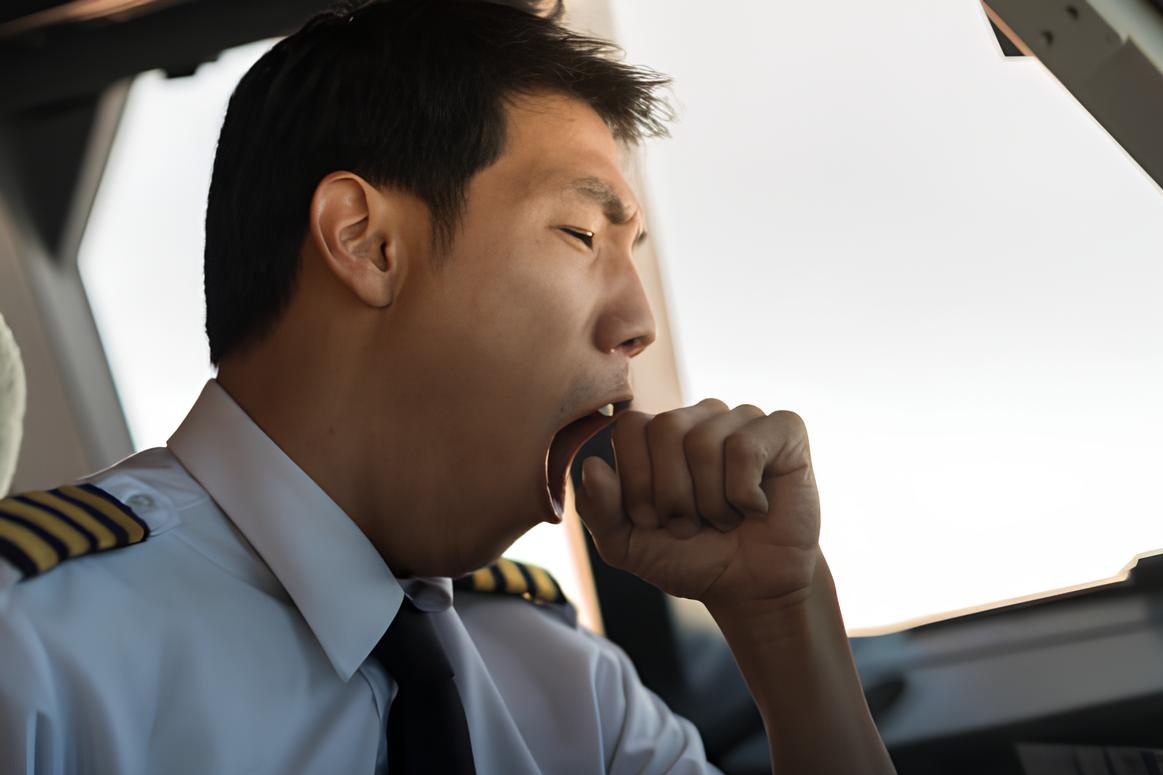Pilots sleeping on flights is a form of controlled rest that helps them stay alert and keep passengers safe.

Pilots can sleep for 10-40 minutes while the plane is flying steadily and is monitored by the other pilot. Photo: Yakobchuk Olena/Pexels .
It may sound unbelievable, but on many long-haul flights, pilots are actually allowed to sleep, and it is even part of the safety procedures. This is not a laziness, but a strategy that is approved and closely monitored by aviation authorities to reduce fatigue and keep the cockpit as alert as possible when needed.
According to the international non-profit Flight Safety Foundation (FSF), long-haul flights can last more than 10-14 hours, requiring pilots to maintain constant alertness in a high-pressure environment. Fatigue is considered one of the biggest risks to flight safety, and studies have shown that lack of sleep impairs reaction times as much as alcohol.
To address this, international aviation organizations such as ICAO, IATA and IFALPA have established a framework of guidelines called “fatigue risk management”. A key part of this system is “controlled rest” in the cockpit.

In aviation safety regulations, sleeping at the right time is also a safety measure. Photo: Global Monents/Pexels.
“Controlled sleep” typically lasts 10-40 minutes, is conducted when the plane is in stable flight, and is monitored by the other pilot. Airlines must adhere to strict conditions, such as only sleeping when the weather and flight conditions are stable, setting a wake-up timer, and always having a second pilot fully awake.
On longer flights, especially overnight ones, pilots can also sleep in a separate sleeping area behind the cockpit. Skybrary describes this as a “crew rest compartment”, where pilots split shifts to get a full night’s sleep as part of their shift, ensuring the person returning to the cockpit is in top condition. This is especially important on 14-17 hour routes such as Europe-Asia or the US-Australia route.
Sleeping at the right time is not only a physiological need, but also a safety measure. According to NASA research, a short nap of 20-30 minutes helps pilots improve their reaction speed and alertness significantly, reducing the risk of “microsleep” (a state where the brain turns off for a few seconds) without the experiencer realizing it. This is why many experts call controlled rest “a silent safety cushion” in the cockpit.
However, not all countries have the same regulations. In the US, regulations restrict sleeping in the cockpit, while many other regions such as Europe, Canada and Asia allow more extensive controlled rest with strict standards. This difference reflects how each country balances fatigue risks with operational safety.
From a passenger’s perspective, a pilot sleeping in the air can be a cause for concern. But proper rest is the way to ensure that the two people at the controls are alert when needed. In other words, a nap in the cockpit is not a distraction, but part of a carefully designed and scientifically formulated safety strategy.
